Tonight's marathon is about showing two things, the first being the crazy things captured on hand held camera style and the second being the creation of a new formula in film known as found footage. This genre was created with the release of 1999's The Blair Witch Project which went onto become one of the highest grossing independent films of all time making nearly $250 million in worldwide box office and receiving critical acclaim from critics nationwide. The success of this film paved way for many more films that borrowed the same concept such as filming unusual things with handheld cameras and passing it off as being found footage material. Although some have gone onto become big blockbusters and critical darlings, none of them has equaled or succeeded the phenomenal box office success of The Blair Witch Project. For tonight's epic marathon, we have on the following menu:
The Blair Witch Project 1999, Paranormal Activity 2009, Rec 2007, Quarantine 2008, Chronicle 2012, and Cloverfield 2008
The Blair Witch Project 1999, Paranormal Activity 2009, Rec 2007, Quarantine 2008, Chronicle 2012, and Cloverfield 2008
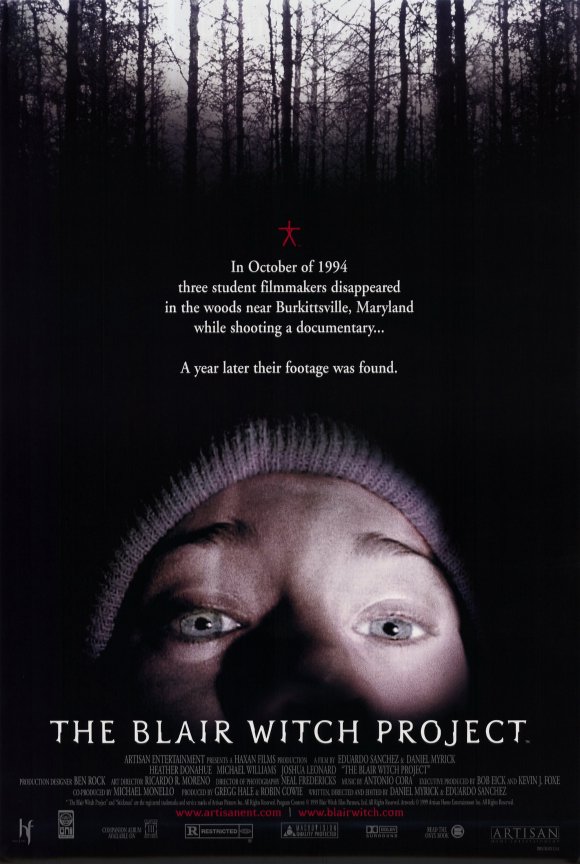



Now this is a marathon that purely relies on suspense, terror, and escalation. The formula The Blair Witch Project uses runs throughout all six movies but the issues and conflicts get more unnatural and dangerous as the marathon goes. The Blair Witch Project's success can be attributed to it's marketing which presented the story as being reality and three student filmmakers being sold as being really missing and leaving behind actual footage of their journey in the woods before their ultimate demise. It was the rare film that was driven purely on clever marketing and intense word of mouth. Whether audiences like or dislike the film, Blair Witch Project had a large impact on filmmaking going into 21st century filmmaking for better or worse.
The first movie of the night is 1999's The Blair Witch Project starring unknown actors Heather Donahue, Joshua Leonard, and Michael C. Williams. Directed by Daniel Myrick and Eduardo Sanchez, the story is centered in October 1994 where three student filmmakers went into the woods to film a local documentary about a witch in Maryland. Once the three enter the woods, they realize that something is altering the course of their trip and reaches its full potential of terror and creepiness each night they camp. When they lose their map to get out of the woods, the odds of their survival begin to decrease dramatically. Blair Witch deserves points for creativity as a film like this was never done before, and the kind of response it received from audiences is one that hasn't been matched since in the horror genre. Not everyone liked the film as it received numerous razzie awards including worst picture and a worst actress win for Heather Donahue. Regardless of whether the film holds much substance, it's style paved way for the creation of a new genre and bred a new wave of independent filmmakers in the 21st century to follow similar formulas with hand-held cameras.
The second movie of the marathon is 2009's surprise hit Paranormal Activity starring Micah Sloat and Katie Featherston. The story centers around a sequence of supernatural events that occur inside a house owned by a young couple. What is essentially a basic haunted house story becomes a hour and a half of pure suspense and terror as a supernatural force within the house begins to take it's form. Although not the kind of phenomenal success The Blair Witch Project became upon it's release, Paranormal Activity still made a huge dent on horror fans generating $107 million in ticket sales domestically, and utilizes the same mockumentary style and low budget tactic the filmmakers of The Blair Witch Project coined. Much like Blair Witch, the film shows supernatural forces at work and has it's characters enter and exit the story in similar fashion. In a sense, it was the breath of fresh air that ghost oriented movies needed as it's spawned three more sequels and a spinoff.
The third movie of the marathon is the 2007 critically acclaimed Spanish horror film that inspired Quarantine titled Rec. The story centers around a Spanish television reporter and cameraman following a group of emergency firefighters into a dark apartment building and quickly find themselves being locked inside with something horrific and terrifying. What Rec does that makes it a success is it takes the found footage concept of The Blair Witch Project and adds a fresh take to it, showing that it can still be used as an effective economic means of terror filmmaking wise. The background being the nightmarish apartment complex serves as a claustrophobic feel to the film that is similar to the background woods in Blair Witch and the house in Paranormal Activity. Rec is thrilling and creative while taking an already used formula and giving it a much needed refresh button.
The fourth movie of the marathon is the American version of Rec titled Quarantine. Utilizing the same storyline but changing it to the American perspective, a female television reporter and her cameraman are trapped inside a building that's under quarantine by the CDC after the outbreak of a mysterious virus emerges which turns humans into bloodthirsty killers. Quarantine did not receive the same kind of critical acclaim or leave the impact on the found footage genre that Rec generated upon it's release. As a matter of fact, the original filmmakers behind Rec were very displeased with the final product of Quarantine although the film did receive praise for the scary atmosphere it created and high energy levels of suspense to remain consistent with it's predecessor.
The fifth movie of the marathon is the 2012 ScFi handheld thriller titled Chronicle. The story centers around three teenage boys who make a discovery that leads to them gaining special superpowers. The result of having these powers leads to the boys slowly descending towards the dark side as well as their friendships and bonds being tested by the lust for greed and power. Chronicle is a unique found footage film because it takes the genre in a direction never before seen which is it being superhero oriented. The end result is the film was a critical and financial success upon it's 2012 release, and showed that hand-held camera filming technique can work on other genres beside horror.
The sixth and final movie of the marathon is JJ Abrams produced 2012 Scfi terror titled Cloverfield. The film centers around a New York Party being interrupted by the presence of a fire breathing monster terrorizing New York City. The guests at the party must stick together as they make their way throughout New York City in the ultimate fight for survival while the party's orchestrator fights to save the woman he loves on the other side of town. Cloverfield is the biggest of the found footage movies in terms of scope and brings it to a fitting close with the story opening and ending in the same vein as The Blair Witch Project and the other films. It's Blair Witch meets Godzilla with a lot of intensity and scares that make it one of the crown jewels of the found footage genre.
So what are these movies trying to say when you put them all together in a marathon? In regards to The Blair Witch Project, the marathon says that originality and low budget movies can result in great filmmaking and phenomenal box office success. Whether you liked or hated The Blair Witch Project, the films impact cannot be denied as well as it's impact on pop culture. The message of the film is that it's best to stick together in a situation like being lost in the woods and to never underestimate your surroundings. Paranormal Activity says that there are forces at work that could ultimately destroy you if you let it. Rec and Quarantine says that people must stick together and fight during an epidemic, and Chronicle says that having superpowers is a responsibility that needs to be handled with great care as the outcome could be devastating to mankind. Sometimes power can corrupt and change people for the worse if they let it. The found footage genre for better or worse has inspired many up and coming filmmakers to branch out and create their own true visions of what great filmmaking can be with low budget and economic resources.
Our characters for this evening:
The sixth and final movie of the marathon is JJ Abrams produced 2012 Scfi terror titled Cloverfield. The film centers around a New York Party being interrupted by the presence of a fire breathing monster terrorizing New York City. The guests at the party must stick together as they make their way throughout New York City in the ultimate fight for survival while the party's orchestrator fights to save the woman he loves on the other side of town. Cloverfield is the biggest of the found footage movies in terms of scope and brings it to a fitting close with the story opening and ending in the same vein as The Blair Witch Project and the other films. It's Blair Witch meets Godzilla with a lot of intensity and scares that make it one of the crown jewels of the found footage genre.
So what are these movies trying to say when you put them all together in a marathon? In regards to The Blair Witch Project, the marathon says that originality and low budget movies can result in great filmmaking and phenomenal box office success. Whether you liked or hated The Blair Witch Project, the films impact cannot be denied as well as it's impact on pop culture. The message of the film is that it's best to stick together in a situation like being lost in the woods and to never underestimate your surroundings. Paranormal Activity says that there are forces at work that could ultimately destroy you if you let it. Rec and Quarantine says that people must stick together and fight during an epidemic, and Chronicle says that having superpowers is a responsibility that needs to be handled with great care as the outcome could be devastating to mankind. Sometimes power can corrupt and change people for the worse if they let it. The found footage genre for better or worse has inspired many up and coming filmmakers to branch out and create their own true visions of what great filmmaking can be with low budget and economic resources.
Our characters for this evening:



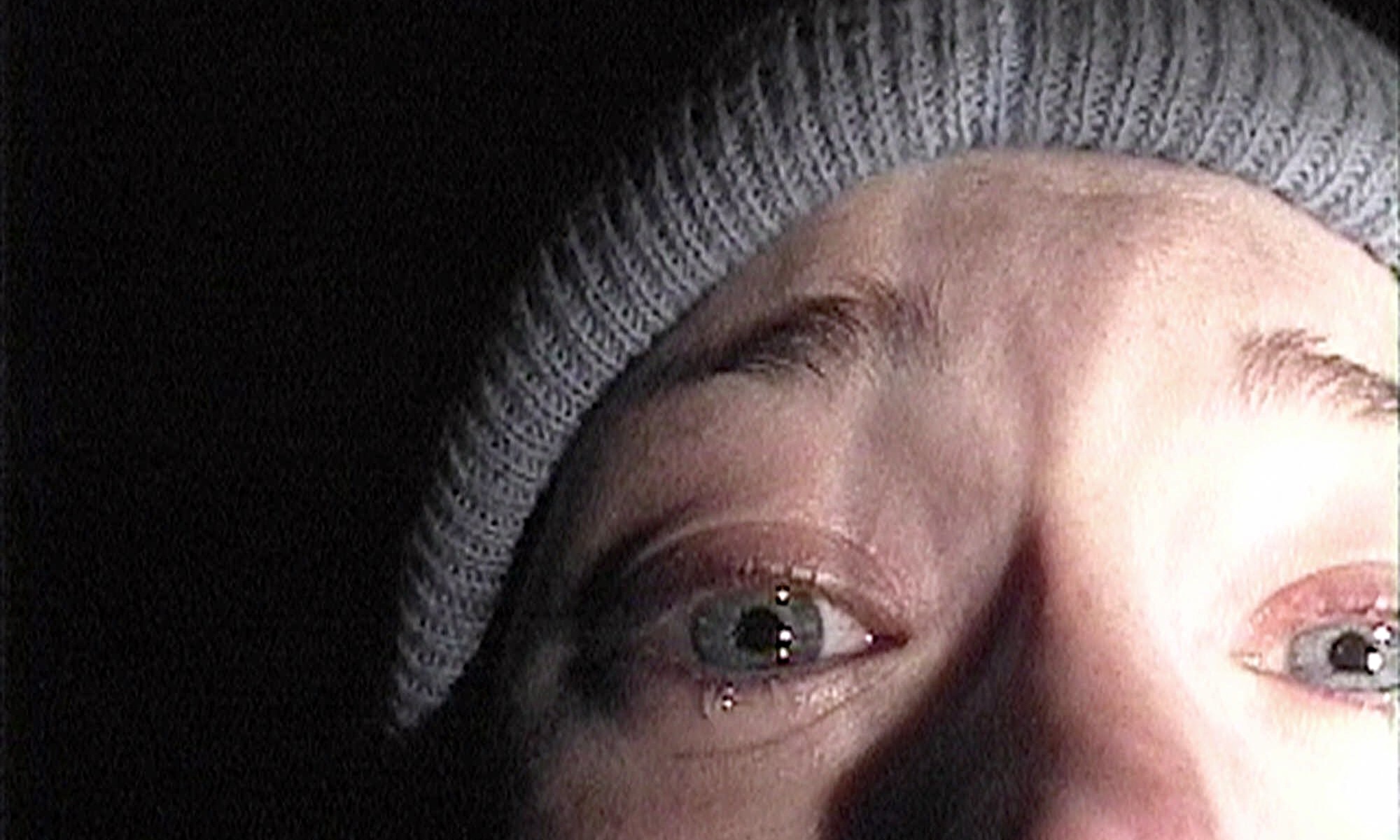




.jpg)

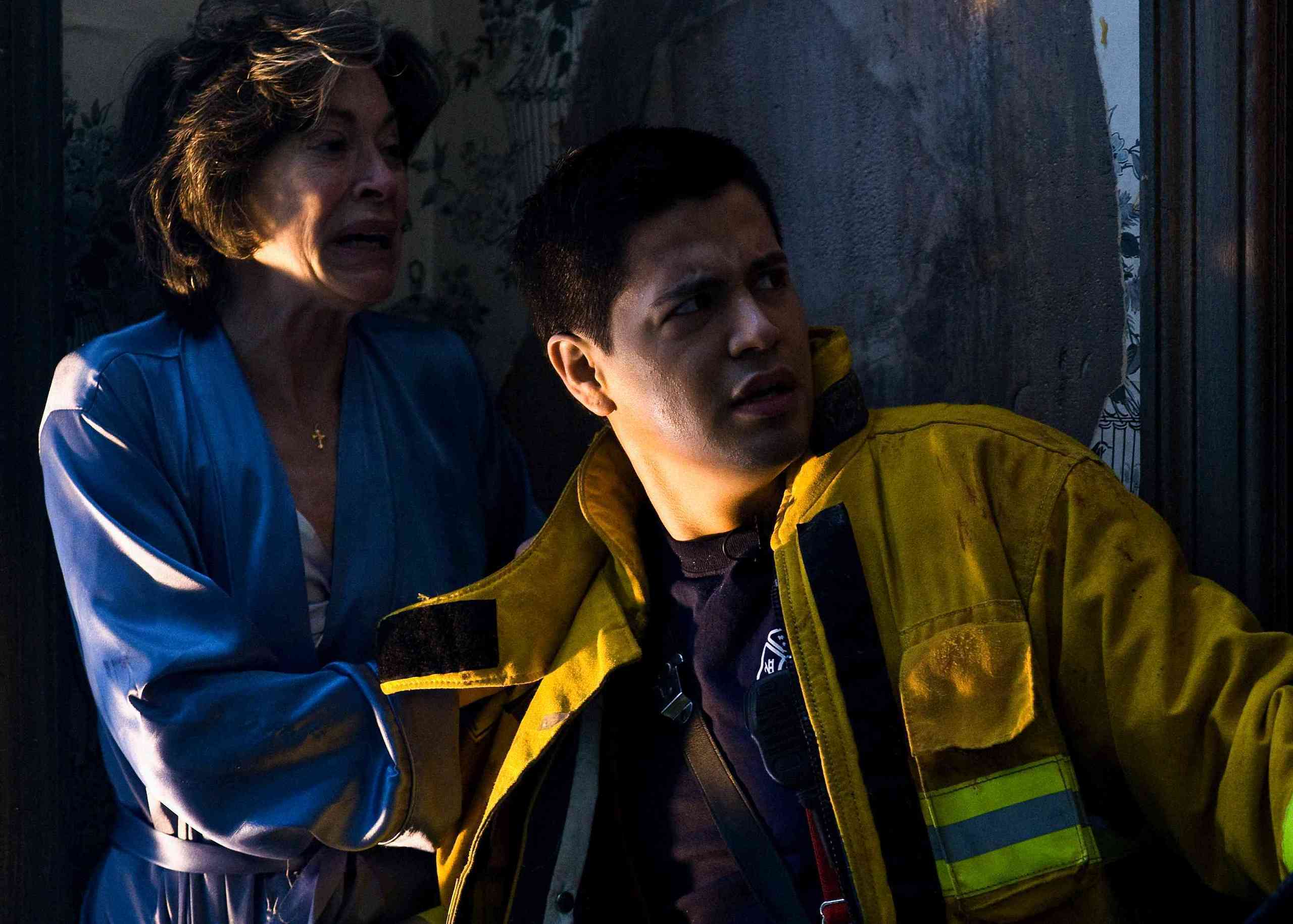
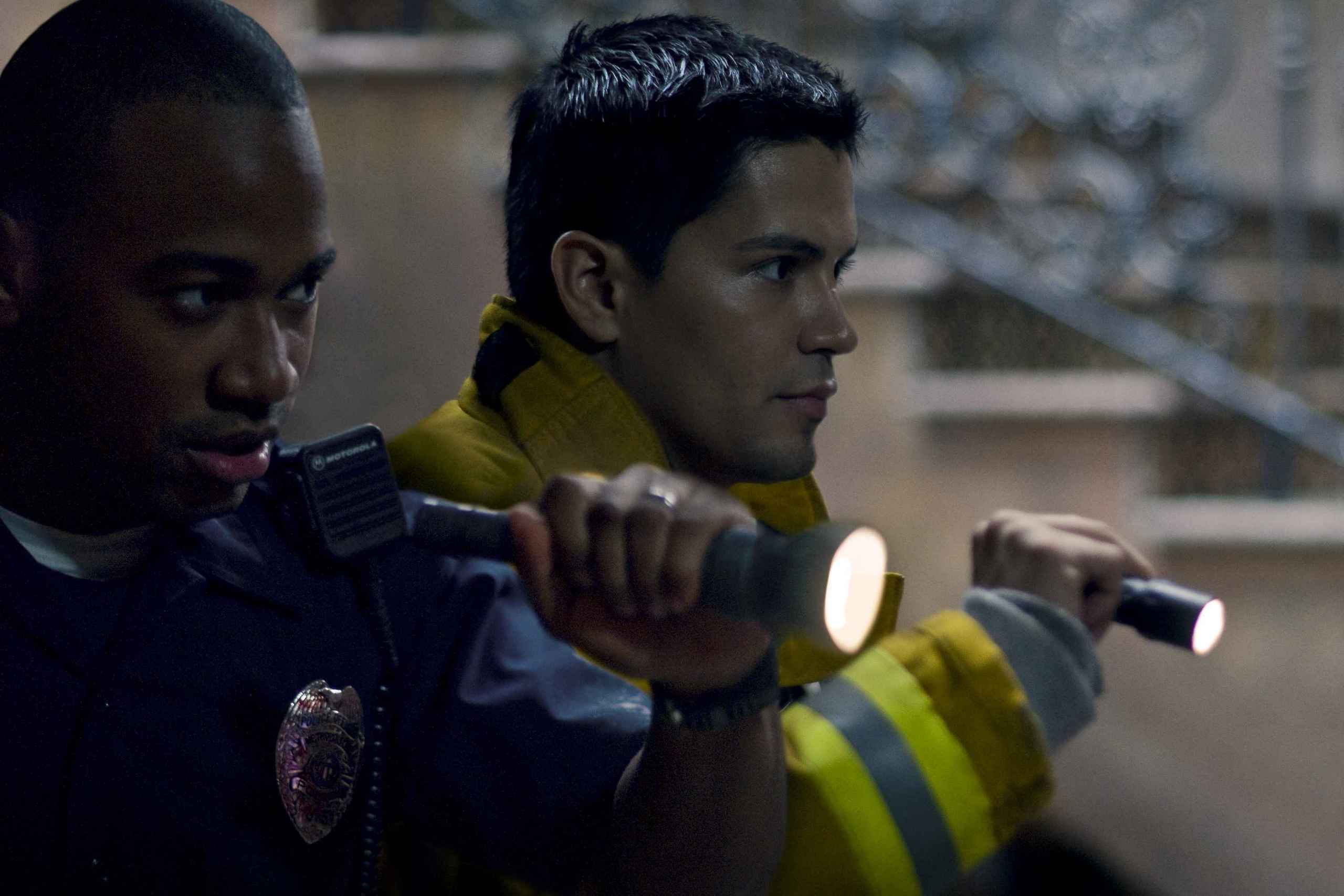
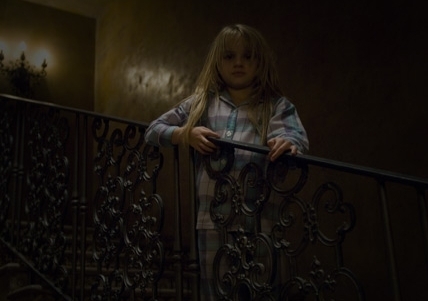






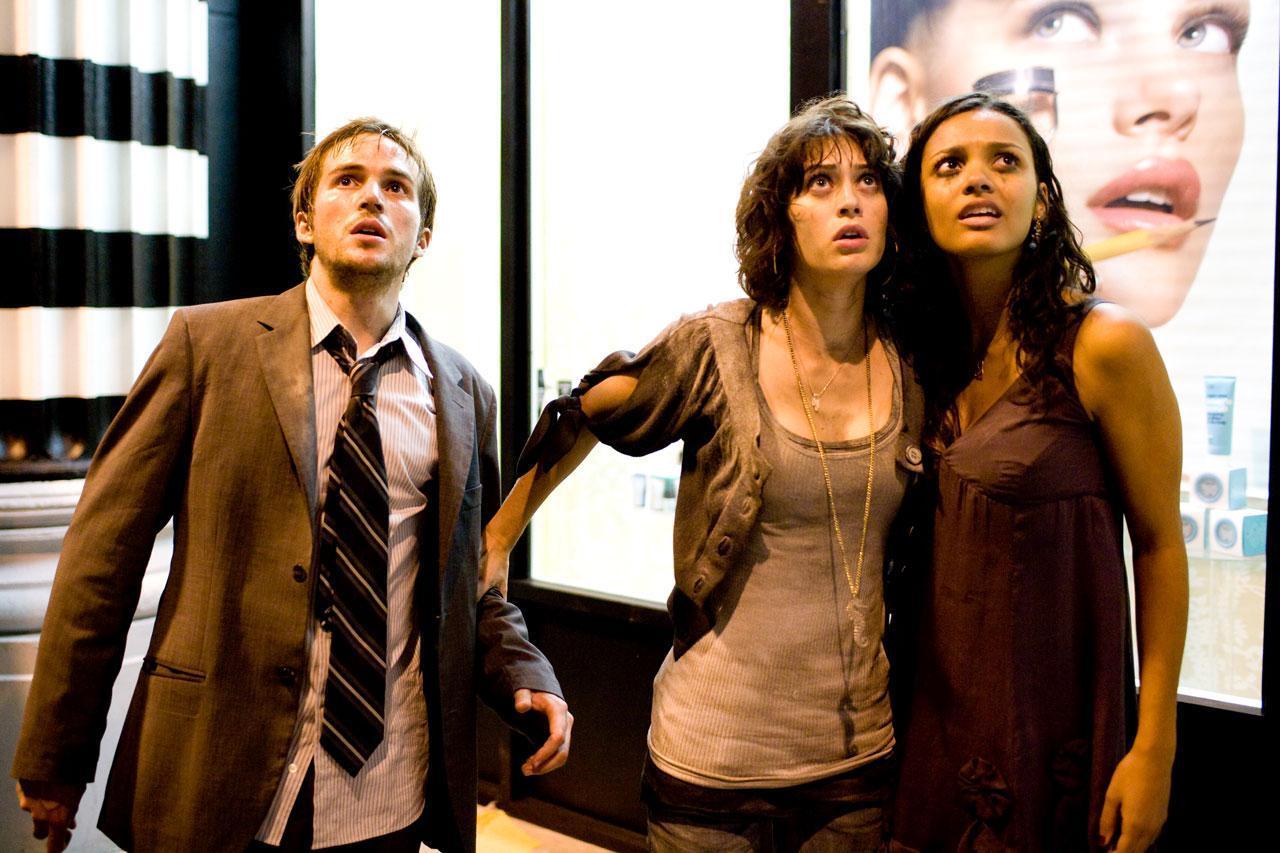



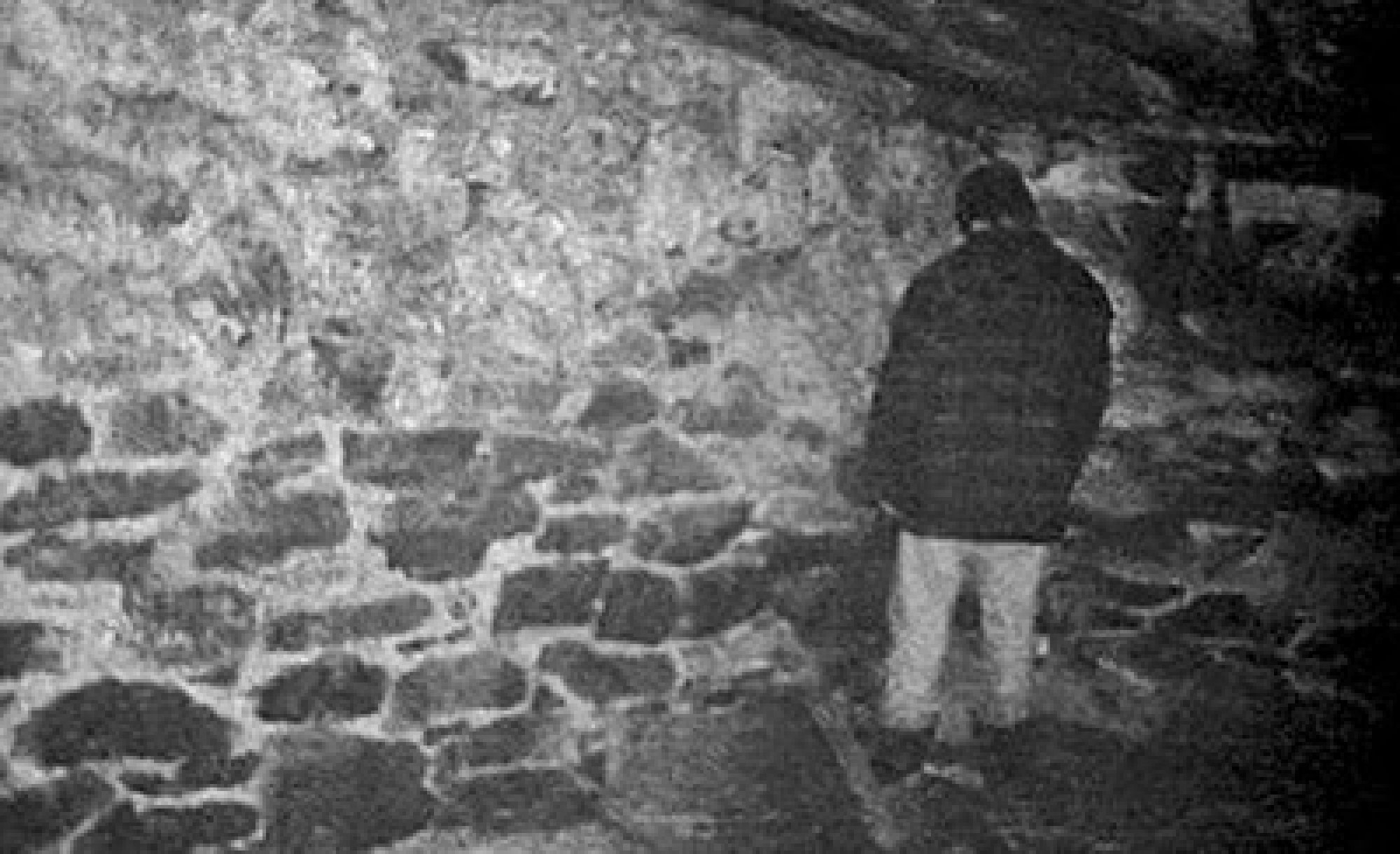
I guess you haven't seen Cannibal Holocaust (1980) the true origin of the found footage horror genre and influenced those movies you mentioned.
ReplyDelete